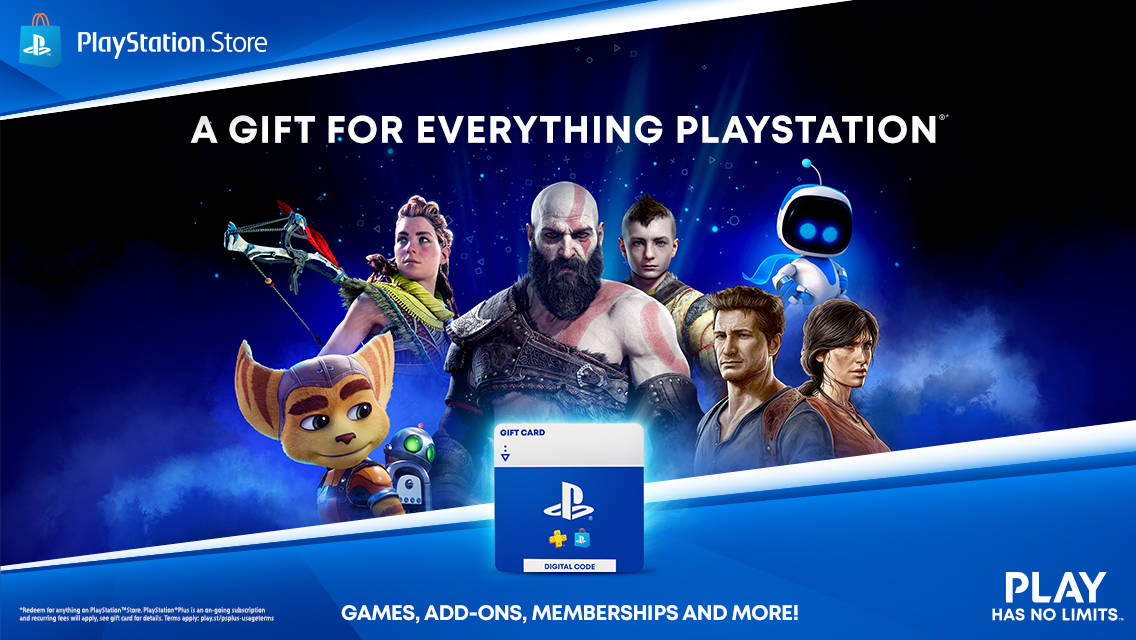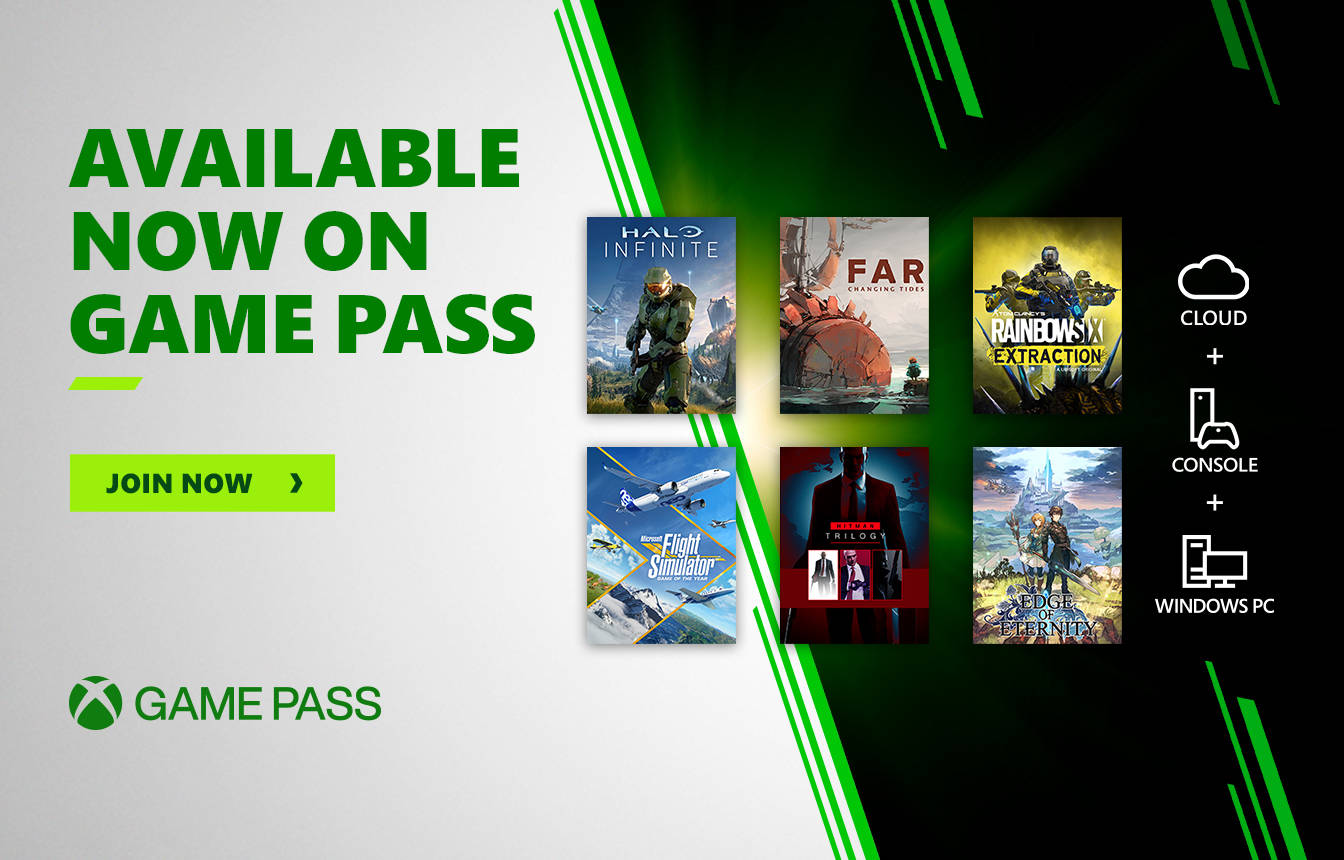When Halo: The Master Chief Collection was first announced, it felt like an emphatic mission statement from 343 Industries. Not only would they take the Halo franchise into the future with new ideas, but they’d also act as stewards of its legacy, preserving its past and making it accessible to future generations.
Combat Evolved Anniversary was a step in that direction, certainly, but it was a timid one, especially given the way it did away with the original multiplayer in favor of a glorified map pack for Reach. The Master Chief Collection, by contrast, was supposed to catalog every mainline entry with as much accuracy as possible and add a slate of flashy new features that would provide new ways to experience that content. Every campaign would be fully intact, and the multiplayer modes would run as close to their original forms as possible—though Halo 2 would be getting a secondary, slightly modernized incarnation, and Combat Evolved would be getting online multiplayer for the first time.
One tumultuous launch later, it’s clear that some parts of that vision were far easier to accomplish than others. Multiplayer, undoubtedly the biggest draw for many fans, was essentially inaccessible for the first 48 hours after launch, and the minor fixes to matchmaking have only somewhat remedied the problem. Getting into a match still takes minutes rather than seconds, and you can still spend large stretches of time unable to find a session at all. If you do get into one, the game has an unfortunate habit of building lopsided teams, with regard to the skill of players and—more troublingly—the number. Since launch, I’ve had exactly three full 5-on-5 matches, only one of which was competitive, and that’s with hours upon hours spent searching. I’ve been unable to get into any matches at all on the majority of the playlists.
The tragedy of this is that pre-launch multiplayer sessions I had a chance to participate in (hosted privately, so matchmaking was a non-issue) showed enormous promise. Yes, there were enough bugs and inconsistencies that I decided it would be worth waiting for the final experience—any match of Slayer ended with a scoreboard that informed all players they finished in -1th, an oversight that apparently survived into the final build—but the core magic of Halo multiplayer was all there. Playing King of the Hill in Halo 3‘s The Pit was a brilliant blast of nostalgia from my first love affair with that game, and it was every bit as chaotic and fun as I’d remembered. While I never spent much time on Halo 2 or Combat Evolved until well after their multiplayer heydays, I could see exactly how diehards would slip easily back into those memories as well.
And the separate Halo 2: Anniversary multiplayer mode, with its graphically remastered maps, struck me as an enormously tasteful update to the game. The basics of gameplay have been kept intact, simply with a new UI and the increased player feedback we’ve come to expect from contemporary shooters—grenade warnings, hitmarkers, and height indicators on the radar minimap. It’s light-touch modernization that shows a respectful understanding of what the community loved about Halo 2 while still opening it up for a new audience.
If 343 Industries can eventually get its act together, The Master Chief Collection should be an admirable preservation of Halo‘s multiplayer legacy. For the moment, however, that half of the title is essentially a non-factor. In my days of experience, attempting to play is far more trouble than it’s worth.
The saving grace here is that The Master Chief Collection handles its four single-player campaigns with much surer footing. Whether or not you feel that Halos 1 through 4 have held up over the years will likely come down to a matter of personal taste, but it’s hard to argue the fact that 343 has presented them in a slick, smart, accessible way. From the start, you’re given an enormous amount of freedom over how you experience the content. You can choose a control scheme that will make all games handle the same (within reason) to make it easier to hop back and forth between. You can hop into any individual mission on any difficulty or play through curated playlists that combine missions from within or across games as sort of thematic remixes.
The only disappointment on this front is that the playlists only support entire levels, not sections of them. I’d much prefer the option to play through memorable chunks of certain levels back to back, especially when a few of the playlists focus on the series’ vehicle segments—but then force you to play through a lot of on-foot content on either end of them.
It’s truly fascinating, though, to be able to experience this much content from such a broad swath of time in a franchise’s life. The juxtaposition throws into stark contrast just how the series has evolved over the years, and how its core philosophies have stayed the same.
Halo 2 still strikes me as the high point of the series, so it’s great to see it given the same Anniversary treatment Combat Evolved got back in 2011. While the visuals certainly aren’t pushing the Xbox One to any limits, they’re solid enough to make playing through the game a visually pleasant affair, and the remastered cutscenes, handled by visual-effects house Blur Studio, are some of the most stunning CG work I’ve ever seen. It’s even nice to see the new Terminal videos, though the minor background elements they provide on the events of Halo 2 seem inconsequential compared to Terminals in other games.
The best thing about Halo, when viewed as a whole, has always been its laissez-faire attitude. Most shooters obsess over control, forcing you into tight arenas and gating off your progress until you’ve killed all the enemies they throw at you. Halo has a defined experience in mind, sure, but it doesn’t sweat too much about stopping you from breaking it. There’s a real pleasure in using grenade jumps to skip a part of the level or weaseling a vehicle through a tight space to get it somewhere you’re clearly not meant to. Halo is a game that invites you to push toward its limits, and sometimes even past them. That’s a rarity in gaming.
The Master Chief Collection not only keeps that spirit intact—it actively embraces it. All campaign levels have been outfitted with leaderboards for speedruns and score-based challenges, with the option to show you, in real time, how your performance stacks up. Halo 2 even gets a new batch of stuffed-doll collectibles, hidden in locations that force you to pull off insane maneuvers and go to the maps’ extremes to discover them. These features are encouragement to rethink how you approach the game on a fundamental level, which nicely befits a collection that’s at least partially aimed at people who already know the originals up, down, and sideways.
There’s no question that Halo: The Master Chief Collection was half the game it should’ve been on launch day, and not much more than that now. That’s simply unacceptable for anyone who shelled out their money expecting what they were promised. But it’s also an unfortunate truth that videogame experiences are increasingly ephemeral, tied as they are to obsolescing hardware and servers that are eventually shut down. As a gesture, 343’s attempt to push back against that tide is a meaningful one. Now they just have to finish turning that gesture into a reality.
|
★★★☆☆
Halo: The Master Chief Collection's multiplayer launch problems are an unfortunate blight on what would otherwise be an exciting way to experience the franchise's evolution—online and off—in one smartly executed package. |
Developer 343 Industries Publisher Microsoft Studios ESRB M – Mature Release Date 11.11.2014 |
| Halo: The Master Chief Collection is available on Xbox One. Primary version played was for Xbox One. Product was provided by Microsoft Studios for the benefit of this coverage. EGM reviews on a scale of one to five stars. | |






